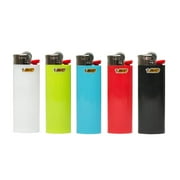I'm sorry I didn't respond to your post earlier, but I see you found a solution for the time being.
My point was that if your neighbor had contaminated air pushed into the attic, it would be pushed to the path of least resistance. Sometimes, outside weather may be eclipsed by your furnace fan, pulling from the easiest place (i.e. your attic with contaminated air). Air, like a lot of things, is lazy.
The closed air systems have a separate intake for combustion system/ exhaust system. When the furnace fan runs, it pulls again from the easiest place, maybe the bath vent, maybe a window, maybe nowhere. The use of an incense stick was good, I never though of them as I don't use them.
Your covers for the return vents may be uncontrollable, or they may have a lever to control the amount of air that enters them. My house has 2 cold air returns in each room, the upper one gets opened/bottom gets closed in the summer time to allow room to "fill up" with cold air and push warmer air out the top. Vice verso in winter as room "fills up" with warm air, the colder air gets sucked out bottom return. You can purchase the registers online or at one of the box stores, just measure the size of your duct beforehand.
When we first moved into our house in '91, it had ivory carpet throughout. We noticed after the winter season that on the first floor, around the baseboard, that the carpet was acting like a mini-filter and was awfully dirty. Here, the return air was getting sucked through the carpet to the cold air returns. It took some duct tape and caulk to insure the return registers were the only source for the system.
Another way to determine if your system is balanced, is if you hear your ducts bang or clang when the fan comes on, it's telling you it's sucking pretty hard on that section and needs some relief.

